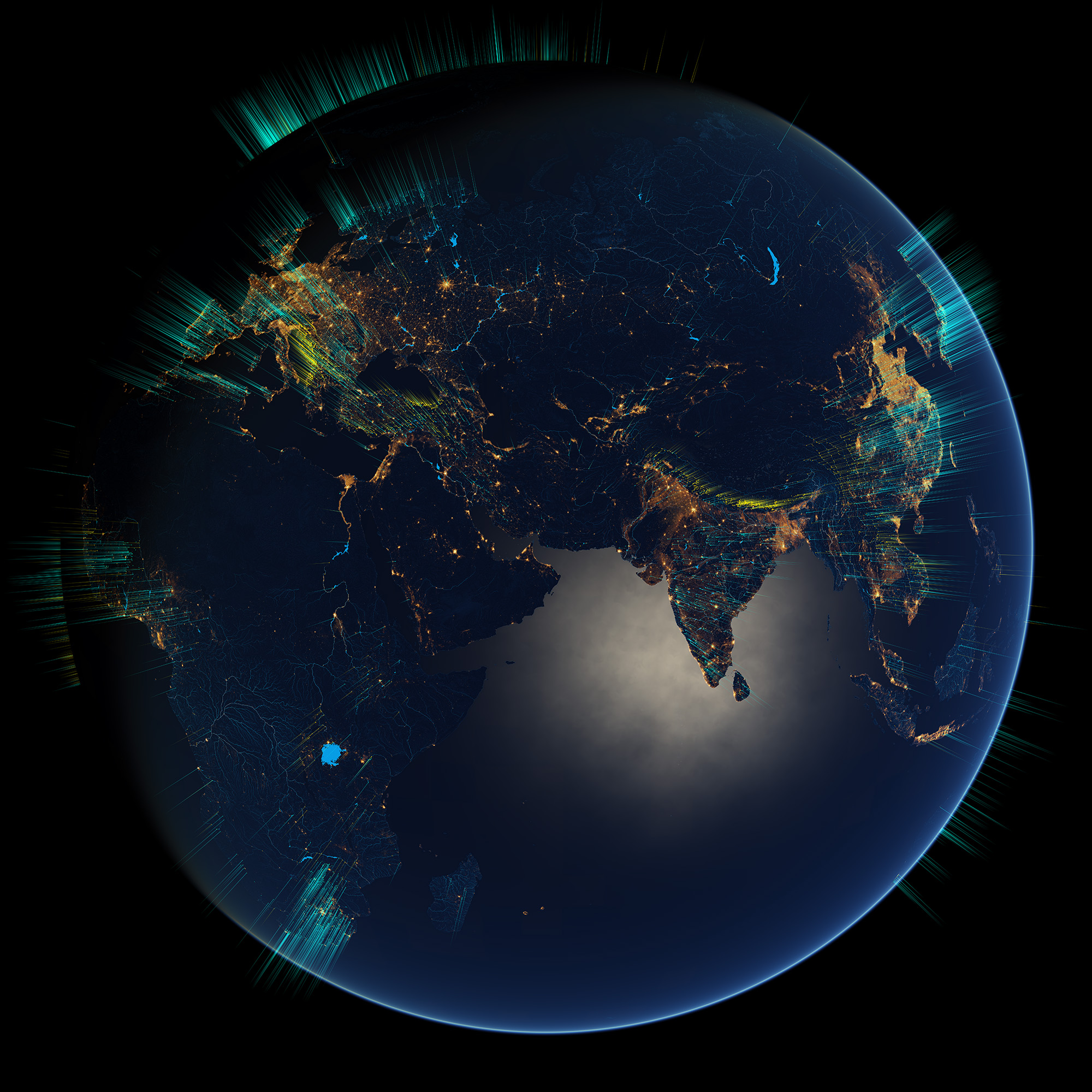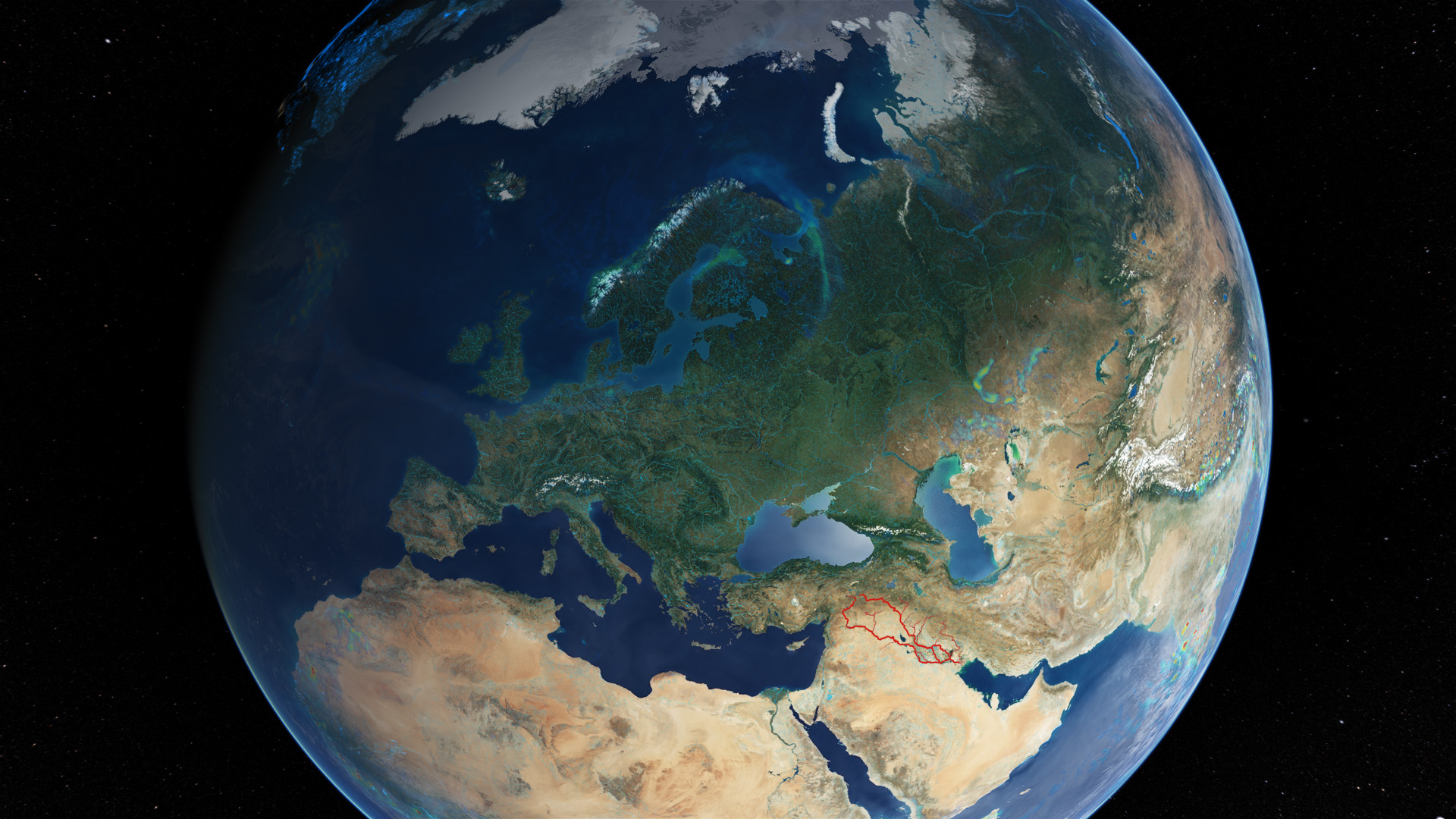
🌍💧
Stockholm Resilience Centre
Water in the Anthropocene
This impactful three-minute data visualisation effectively illustrates the substantial degree to which human activities are now affecting the global water cycle. The video, jointly produced by IGBP and Globaïa for the Global Water Systems Project, was first showcased at the Water in the Anthropocene conference held in Bonn in 2013.
In 2020, 26% of the global population (2 billion people) lacked access to safely managed drinking water, and 46% (3.6 billion) didn't have access to safely managed sanitation. Natural wetland areas have experienced an 85% loss, and 75% of land surface has been significantly altered, impacting Earth's ability to support sustainable water. Some countries may face a 6% GDP loss by 2050 due to water scarcity, potentially causing migration and conflict.
From 2000 to 2019, floods caused economic losses of $650 billion, affected 1.65 billion people, and resulted in over 100,000 deaths, while droughts impacted 1.43 billion people and had estimated losses of nearly $130 billion. By 2050, 2.4 billion urban dwellers could face water scarcity, accounting for up to half of the global urban population. Although 153 countries share 286 transboundary river and lake basins and 592 transboundary aquifer systems, only 58% of these basins have operational arrangements for water cooperation.








